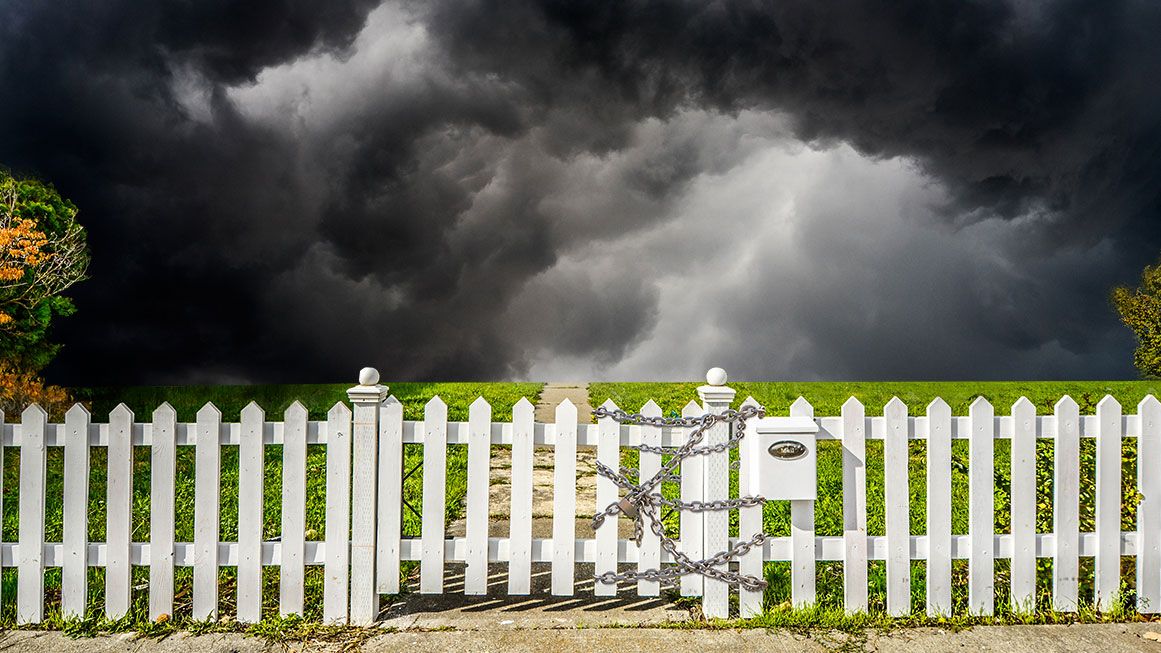How the American Dream Became Unaffordable

There's no denying that a big chunk of the economy feels pretty screwed up right now for millions of working-class and middle-class Americans. There's a widespread sense that obtaining housing, education, and health care was once fairly easy and cheap but has now become mind-bogglingly complex and expensive. Addressing anxiety around the increasing elusiveness of these building blocks of an archetypical American life is at the heart of virtually all rhetoric in the 2020 election cycle, with everyone from democratic socialist presidential hopeful Bernie Sanders to nationalist conservative Sen. Josh Hawley (R–Mo.) hastening to offer funeral orations for the American Dream—while also promising to resurrect it.
What follows is a forensic investigation into how the markets for health care, higher education, and residential housing got broken. The goal is not, in this issue, to offer a comprehensive set of solutions, though you'll see hints about possible remedies throughout. Nor is it to challenge the premise that times are tough. There is much to celebrate in the modern American economy, but pointing out the ways in which things are pretty good overall doesn't go far with people who feel like they are drowning.
Instead, we went looking for the moments at which these parts of our economy veered off track. When you reject the too-simple narrative about greedy corporations bleeding ordinary Americans dry, more complicated and (unfortunately) more intractable causes for the current crisis emerge. In each sector, well-intentioned efforts by the government to address real problems created the conditions for a vicious cycle of rent-seeking, cronyism, innovation suppression, crippled pricing mechanisms, spiraling spending, and growing debt. These are stories about how seemingly small policy changes can have big effects on incentives and choices down the line, for politicians and citizens alike.
If we're going to restructure American politics around restoring some version of the American Dream—as both Republicans and Democrats seem keen to do—we should at least know what we're facing and why. When you're trying to fix something, it's important to understand how it got broken in the first place.
For Reason's May 2020 issue deep-dive into how things got so bad, read:
Can't Afford Your Rent? Blame Herbert Hoover by Jonathan Rothwell
The feds pushed cities to implement zoning restrictions. High prices and social inequality were the inevitable results.
Student Loans Aren't Working by Mike Riggs
But free college won't fix this slow-moving catastrophe.
How Doctors Broke Health Care by Christy Ford Chapin
And politicians made things even worse


Show Comments (210)